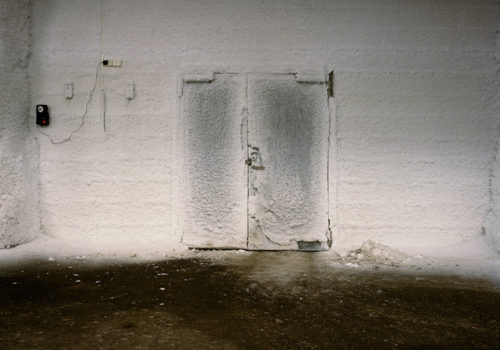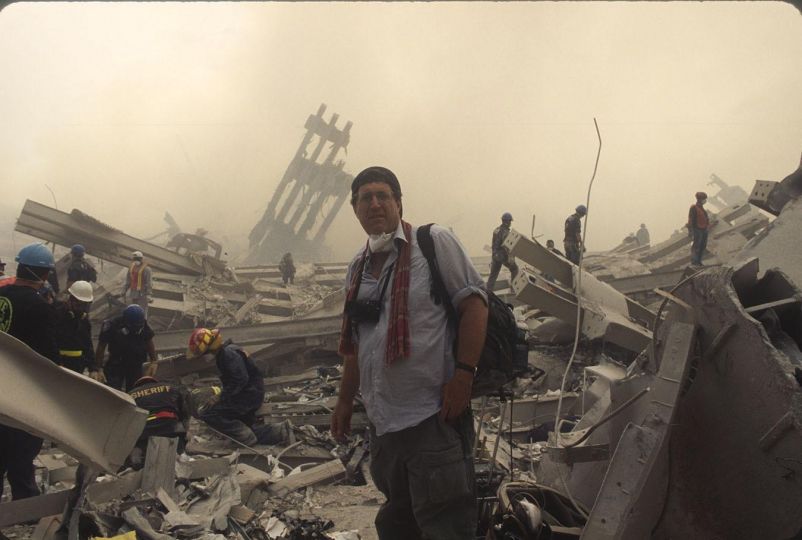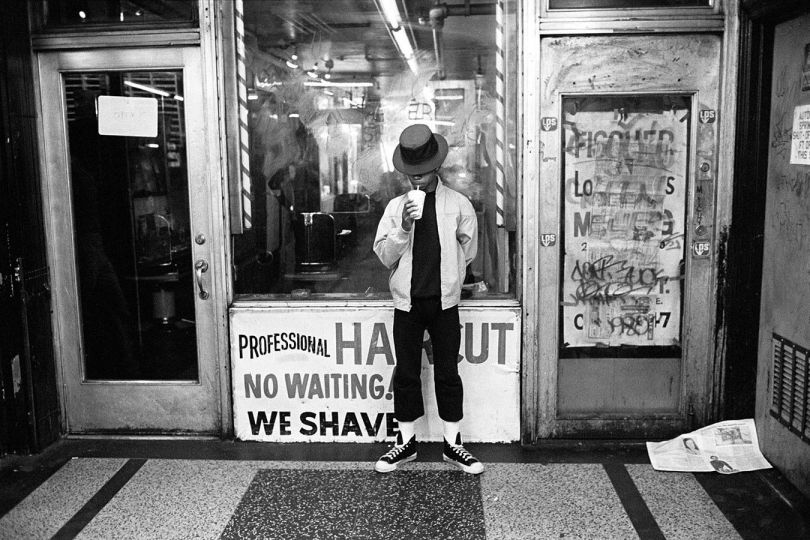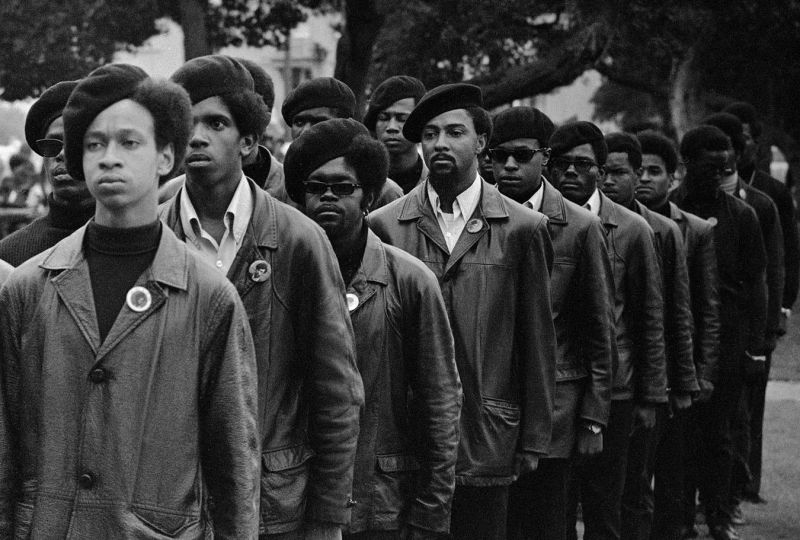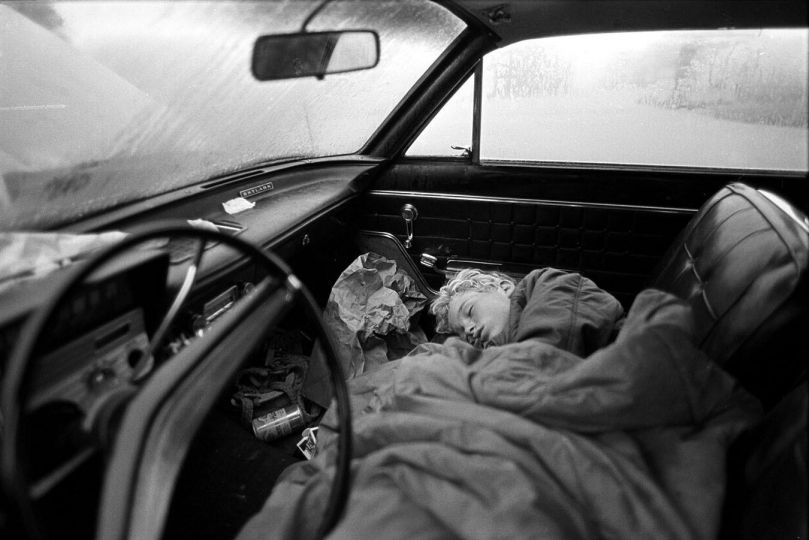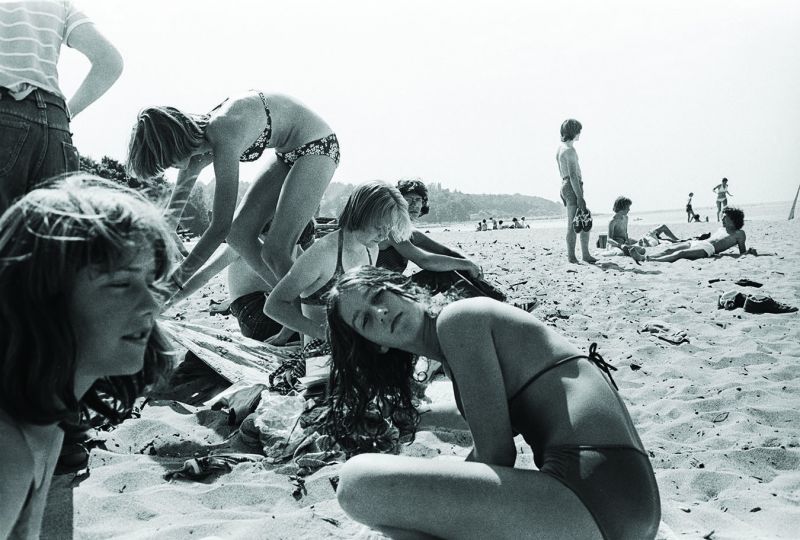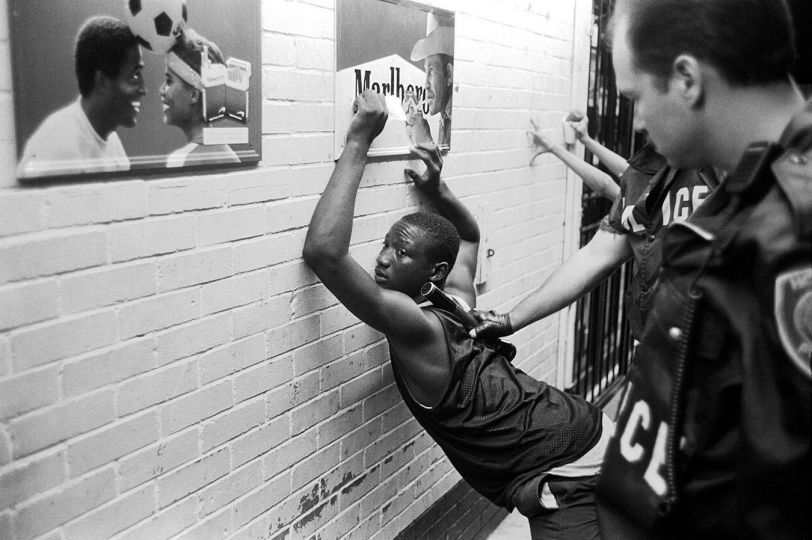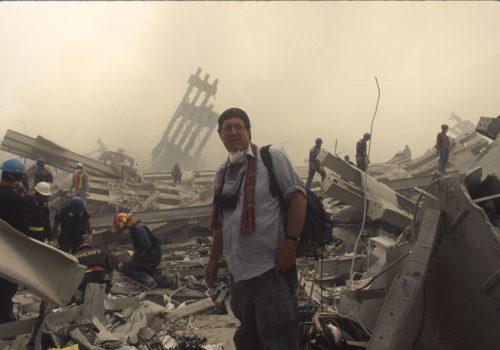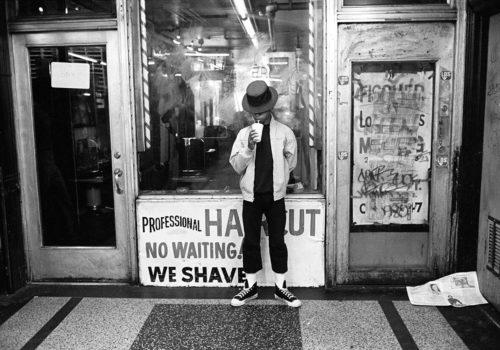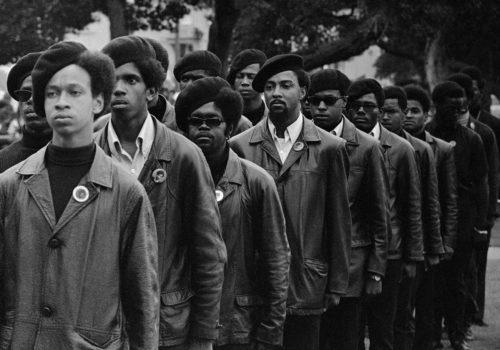Yann Mingard
Deposit
Deposit, by Yann Mingard, is one of the projects featured in Surveillence.02. The pockets of beauty and absurdity that abound in surveillance art come to the fore with Deposit, a five-year documentation of organic and digital data storage that mixes photography, literature, science, and art. In this project, Mingard has focused on “banks” that, under governmental and/or private surveillance, house human and animal DNA samples, agricultural seeds, and vast amounts of digital data generated by our traveling the pathways of the Internet.
Deposit is a photographic compendium organized with an index (on display in the East Wing library) that possesses a natural poetry. Index entries and captioning such as Frozen Ark, Genesis, Apocalypse, and Armageddon, indicate how Christian doomsday themes have been encoded into our drive to conserve and preserve, our intense connection with the end.
Mingard explicitly styles his images to underscore the secrecy and defensiveness that undergirds these enterprises, as well as the legal, philosophical, and scientific problems that riddle their operations. Darkened bunkers and caves; half lit, claustrophobic spaces; unmarked doors that look ancient, abandoned, and impossible to open; vials of blood or sperm against black backgrounds. His images embody our blindness as we witness Earth’s sixth massive wave of plant and animal extinctions in the past half-billion years.
In late February, Anna Van Lenten spoke with Yann on Skype to ask him about the process of making Deposit and also about some of its images.
Anna Van Lenten : What is Frozen Ark?
Yann Mingard : Frozen Ark is a gene bank for invertebrates. It’s at the University of Nottingham in the UK. It preserves 48,000 DNA and cell samples from 5,500 endangered species—and in some cases, the actual species. Its owner is a biologist who works with zoos and science labs. She cares for animals close to being extinct or for the DNA samples of those already extinct.
AVL : What is the significance of the snail?
YM : It’s almost extinct. The one in my photo was alive; I shot him in the lab in 2013. These snails live only on one mountaintop in Japan. They are listed on the Red List [one of several international lists of animals close to being extinct], as “data deficient” because no one is studying it, it’s not clear to society why we need to study it.
AVL : How did you get access to these and other banks?
YM : Via introductions from other scientists. Before Frozen Ark, I was shooting bulls and horses and the Malaysian Sun bear. Then, on the Internet, I saw something about Frozen Ark. It was complicated to organize by email but after a year I found a way in.
AVL : You have entries in your index that, like Frozen Ark, seem to be from the Bible: genesis, apocalypse, Armageddon. Can you talk about that?
YM : The Svalbard Seed Vault preserves thousands of seeds in a permafrost-enclosed cave in the Norwegian Arctic. It’s known as the “doomsday vault,” because it promises an insurance policy of the world’s food supply in case of nuclear fallout, war, or natural disaster. The name Frozen Ark—the reference is to Noah’s Ark—is because right now, our planet is experiencing its sixth mass extinction. However practical or impractical these preservation projects are, and they are not foolproof, one thing that struck me about them is the language around them, and how, encoded in the language—even with the data centers I visited—are notions of anxiety, fear, anticipation and preparation for assault, threat, obliteration.
AVL : What was the most complicated story to pursue?
YM : The most complicated story was the data centers. I had been shooting all the chapters [Animals, Data, Humans, Plants] concurrently, but when I decided to approach the data centers, just at the same moment, the scandal with the NSA, Snowden, and Wikileaks was happening. In Switzerland we have a tradition of secrecy, so when I asked to go to a data center, they were suspicious: why was I needing this? Clients especially don’t want random people poking around places where their secrets are stored.
AVL : Who are the clients?
YM : There’s an Asian country; big banks, both Swiss and world; private rich people; pharmaceutical companies; and many mystery clients.
AVL : Talk a bit about Mount 10, what’s inside it?
YM : MOUNT 10 is a data storage center. It’s in an underground Swiss military bunker from WWII and they store data and guard it. It’s near Gstaad, under a mountain in the Bernese Alps. They have an international private airport nearby with its own customs—if you are a rich guy from the U.S., you can fly in to Gstaad, put your data or backup inside the vault, and leave, no questions asked. Now, private Internet/data companies are moving outside the U.S. b/c of the Patriot Act, which can intrude on our intimacy.
It’s called the Swiss Fort Knox purely for marketing, to emphasize its high security. It’s basically a cave that can withstand an atomic attack. In Switzerland, we have 26,000 military bunkers, and each building has a cave that can withstand an atomic attack. At Mount 10, security is huge—a guard stands outside the door 24/7 of the main bunker. Guards use different uniforms, they adapt or omit them for client visits to accommodate the sensibilities of the client and the situation in the client’s country (war, dictatorship, etc.). The room is under permanent camera surveillance, constant guard, and is protected by an anti-ABC (atomic, bacteriological, chemical) system. There are biometric controls for entry to the room—I was weighed when I first entered and then when I left. The atmosphere is pressurised against all infiltration. They use the Internet, so technically someone could infiltrate their data banks, but you can have your own private engineer, and the company promises the highest possible level of immunity from NSA and Prism infiltration.
AVL : How did you get access there?
YM : It’s a private company—they advertise, so they allowed me to come inside if I had a great magazine behind me. I came in with LeMonde and Du Magazine, which is huge in Europe so we made a 6-page article in LeMonde in 2010—both critical and open-minded—then CNN, and the Russian, Japanese, and Chinese media came.
AVL : What do you see as the legal or philosophic problems with Mount 10?
YM : What are the problems here: it’s a mix of private and public finance—it’s a joint venture between the Swiss government and a private company so you never know in the future if the government changes, who will have access to the data? In Switzerland, we do have laws that protect our privacy—but who will be the owner of those data centers—what will be our privacy and who will have access to all the info we’re giving.
In the bunker the only person who can use the files is the client because if the Swiss government or international law demands the data, only the client has the key to open it. So the client can give the encrypted data to a judge and say that’s it—the judge is still not going to be able to open it.
AVL : Tell about how your index came to be:
YM : Most of the time I work alone but I like to work with other people. I’m good friends with Lars Wilhumeit and he was close with Deposit from the start—when I knew the huge amount of information I was facing collecting, I asked Lars to write a glossary—I gave him the freedom to write what he wanted and together we drew up key words. At first we had the obvious ones, then we added “dingpolitic” and “redundancy” and “transhumanism.”
It was so difficult to enter the vaults so at first I drew pictures. I had still lifes, details, key words, ideas—just to be focused so that when I got there, I could make decisions about photographing. Because most of the time they’d allow me to stay just ½ an hour or 1 hour in the bunkers so I’d have to shoot really fast. Lars spent two months writing the index and when I saw it, I decided it would be a mix of glossary and captions and images. I didn’t want explicitly documentary pictures, but images that conveyed how I envision this subject. And I wanted the redundancy and confrontation you get with pictures and captions. It’s a philosophical, social, and scientific index of key words.
AVL : Why are some pages in the index colored pink?
YM : Skin tone—not pink, skin tone! From the beginning in my mind–it was a question of fear, claustrophobia, darkness, under the earth, outside of public scrutiny control and hope and crisis, and security. So I was curious to shoot this darkness but also we are talking about humans—we are under the skin but also—like when you are scared, your skin reacts.
AVL : How did people receive the work when it came out?
YM : The first exhibit was in Switzerland in the FotoMuseum Winterthur. At the opening it was a success. I was surprised because we had farmers and doctors visiting the exhibit. I met farmers who had never visited the museum before, and from the exhibit, we had articles in farmer’s magazines and medical magazines.
The photo community is the classic audience for this project, but it’s also pure literature, it’s science, it’s art, and then photography too. But in our society—art mixes with science, with documentary.
AVL : Do you have any hopes or expectations about how Dubai will receive Deposit when it opens at the East Wing gallery?
YM : I was focusing on Europe which is facing a crisis, a loss of money, power, lower birthrates, and is now trying to protect its heritage, its patimony because new powers are growing—China, Brazil, the Middle East, Asia. Middle East money is coming into Europe—the issue of globalization is everywhere. Danish sperm banks are selling to clients in the Middle East because in some countries you can’t buy sperm but you can go online and have FedEx deliver to you—so it’s not a question of country but worldwide.
So for Dubai, we leave the questions open—not telling what’s good or bad—just questioning, no answers.
EXHIBITION
Surveillance.02
From March 13th to April 30th, 2015
The screening of World Brain is on Tuesday 24 March at 19:00
East Wing
12 Limestone House, Ritz Carlton Annex
Dubai International Financial Centre, Dubai
UAE
Phone +971 50 553 3879
[email protected]
Gallery hours are: Saturday – Thursday, 10AM – 3pm & 5pm – 8pm.

